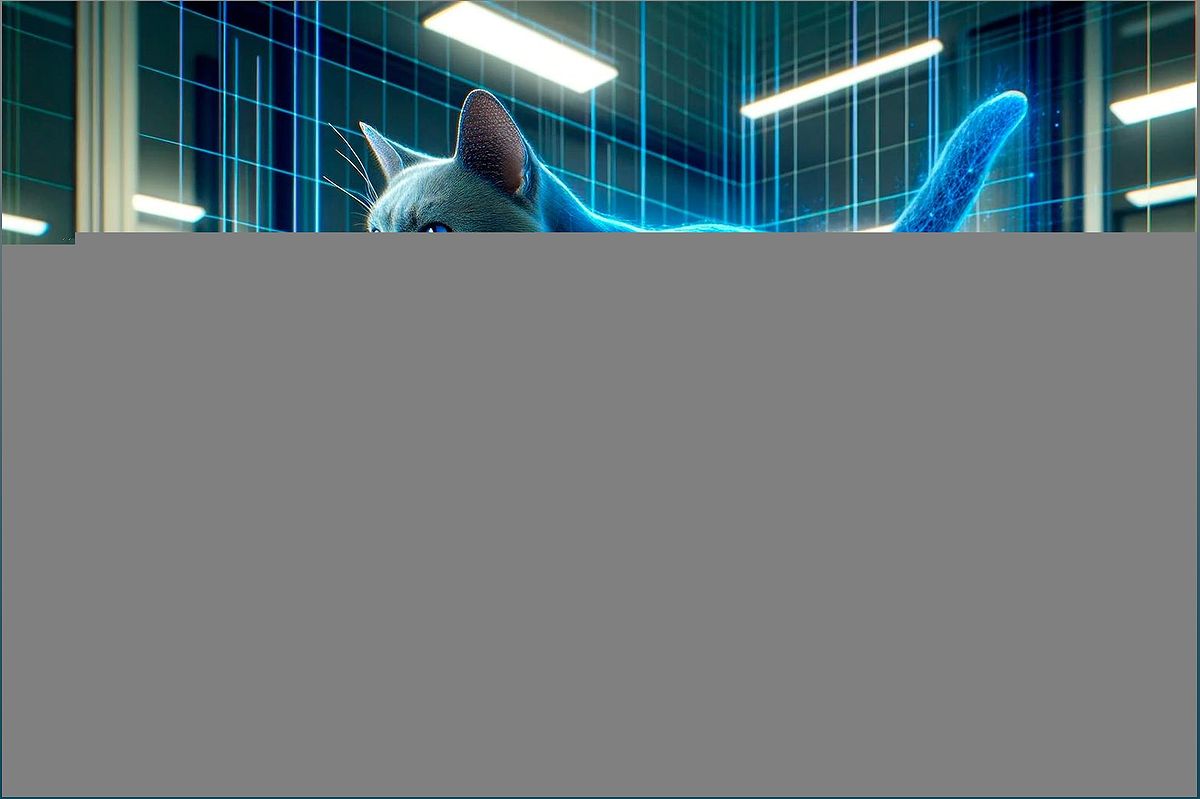In a collaborative effort between EPFL and Harvard scientists, an innovative AI technique has been developed to track neurons in moving animals. This groundbreaking approach utilizes a convolutional neural network and targeted augmentation, revolutionizing brain imaging research. By accurately annotating and tracking neurons in animals, this technique provides deeper insights into neural processes and enhances our understanding of neural circuits and behaviors. Explore the potential of this cutting-edge technology and unlock new possibilities in brain imaging research.
Tracking Neurons in Moving Animals: A Breakthrough in Brain Imaging Research
Introduction: Understanding the complexities of the brain has always been a challenge for scientists. One major obstacle in brain imaging research is the ability to track neurons in animals that are in motion. However, a collaborative effort between EPFL and Harvard scientists has led to a groundbreaking AI technique that addresses this challenge.
Convolutional Neural Network (CNN): The technique is based on a convolutional neural network (CNN) that is trained to identify patterns in images by analyzing small parts of the picture at a time. This allows the network to effectively track and identify neurons in animals, even when they are in motion or undergoing deformation.
Targeted Augmentation: To further enhance the accuracy of neuron tracking, the researchers developed a technique called 'targeted augmentation'. This technique generates accurate annotations for reference from a small number of manual annotations, allowing the CNN to learn and create annotations for new postures. This significantly reduces the manual effort required for neuron segmentation and tracking.
Results and Implications: The AI technique was tested on Caenorhabditis elegans, a model organism in neuroscience. The researchers observed that the technique successfully tracked and identified neurons in the worm, providing valuable insights into their behaviors and response patterns to various stimuli. This breakthrough has the potential to revolutionize brain imaging research, leading to a deeper understanding of neural processes and circuit activity.
Enhancing Brain Annotation with AI: Unleashing Deeper Insights
Manual Annotation Challenges: Traditionally, tracking and identifying neurons in a brain movie required manual annotation due to the varied physical appearance and posture of animals. This process was time-consuming and labor-intensive, limiting the analysis throughput.
Improved CNN with Targeted Augmentation: The researchers developed an enhanced CNN that incorporates targeted augmentation. This technique generates accurate annotations for new postures based on a small number of manual annotations, significantly reducing the manual effort required for brain annotation.
Efficiency and Accuracy: The enhanced CNN, combined with targeted augmentation, offers a more efficient and accurate process for brain annotation. It allows researchers to track and identify neurons in moving animals with higher analysis throughput, providing a deeper understanding of neural circuits and behaviors.
Future Applications: The availability of a user-friendly graphical user interface (GUI) for the CNN opens up new possibilities for researchers in the field of brain imaging. This technology can be applied to various organisms and has the potential to accelerate research in neuroscience, leading to groundbreaking discoveries.

